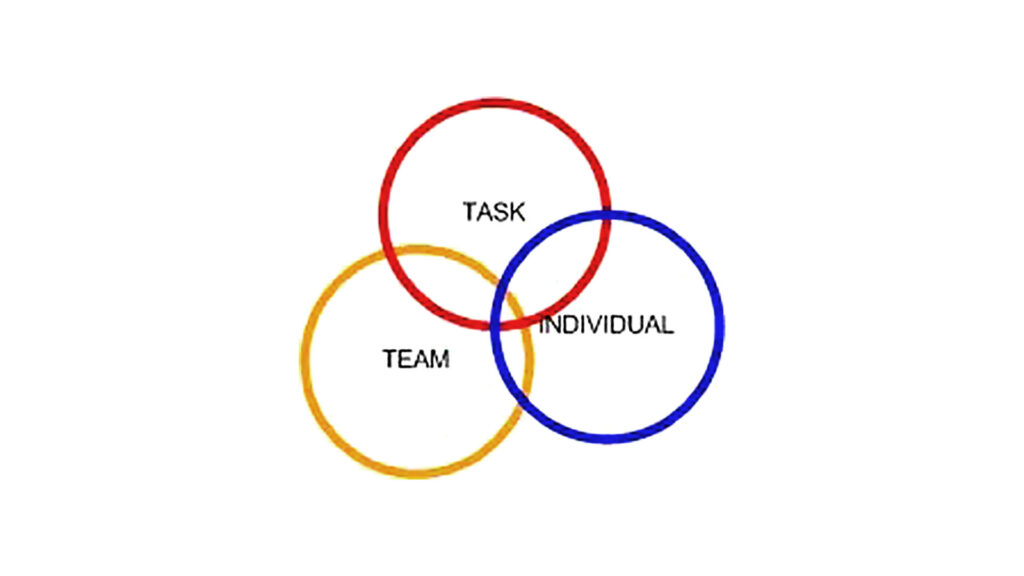
Can You Keep Your Balance in 2025?
The world is spinning faster. Technological advances, AI, and instant communication are accelerating expectations across every sector. Clients want more, faster—and that pressure lands squarely on the shoulders of teams and their managers.
Managing and leading teams is no longer just about delivering results. It’s about keeping people focused, functioning, and mentally healthy while still achieving high performance.
Former UK politician Clare Short once said: “One must strike the right balance between speed and quality.” It’s still a solid principle—but it’s only part of the story. It focuses solely on the task and ignores the people who make the task possible.
So how do managers strike the right balance between delivering results and supporting their people?
Let’s start with the definition of balance. According to Webster’s Dictionary, balance is defined as:
“An even distribution of weight enabling someone or something to remain upright and steady”
How do managers stay upright and steady in this fast-paced world?
Back in the 1950s, John Adair introduced Action-Centred Leadership—a framework that still holds true today. He identified three interlocking responsibilities for leaders and managers:
- The Task – What needs to be done.
- The Team – How people work together.
- The Individual – How each person is supported and developed.
Everything begins with the task—after all, that’s why the team exists. When deadlines are tight, managers naturally adopt a more directive approach. But staying in that mode too long can create tunnel vision. People start feeling like cogs in a machine.
That’s where the balance must shift.
Managers must also focus on the individual—building capability, empowering ownership, and preparing people for future challenges. At the same time, they need to nurture the team—building trust, alignment, and a shared sense of purpose.
As Woodrow Wilson put it: “There must be, not a balance of power, but a community of power.” It’s not about control—it’s about connection.
So how do you juggle these three priorities without dropping the ball?

Adair’s approach was to help managers see how one activity can serve multiple purposes. For example:
- When completing a task, ask: Who else could do this? Who would grow from taking this on? Delegation isn’t just about lightening your load—it’s a chance to coach, develop, and empower.
- Delegating also creates space for informal feedback, encouragement, and recognition—building trust while still getting the job done.
- When the team meets—online or in person—use the moment to reconnect them to the bigger picture. Celebrate wins, identify blockers, and encourage solution-finding together. This creates a shared momentum and helps team members appreciate each other’s strengths.
It’s not about being in three places at once. It’s about being intentional in how you show up—ensuring each action creates value across all three areas.
Too often, the task takes precedence, and the people get pushed aside. But the truth is:
Tasks are only ever achieved through people.
When people feel seen, heard, and supported, they bring extra energy to the role, not out of obligation, but out of commitment. They feel like they belong—and that changes everything.
As a manager, your job is to create the conditions for success. Be clear on expectations. Set high standards. Then remove the roadblocks, encourage the learnings and celebrate the successes.
As Stephen Covey wisely said:
“The key is not to prioritise what’s on your schedule, but to schedule your priorities.”
So, what’s your next priority?
If you’d like practical tools to help you bring better balance to your leadership—and your team—we’d love to help.
Please contact us at Info@chameleonskills.com or visit our website for more information.
